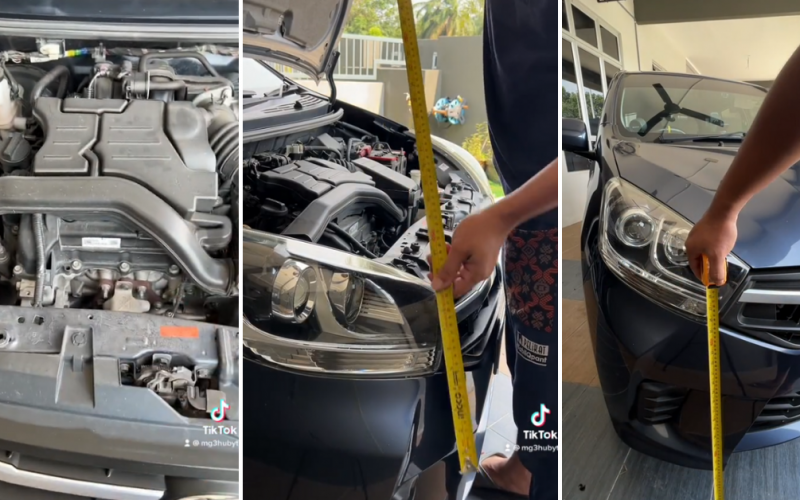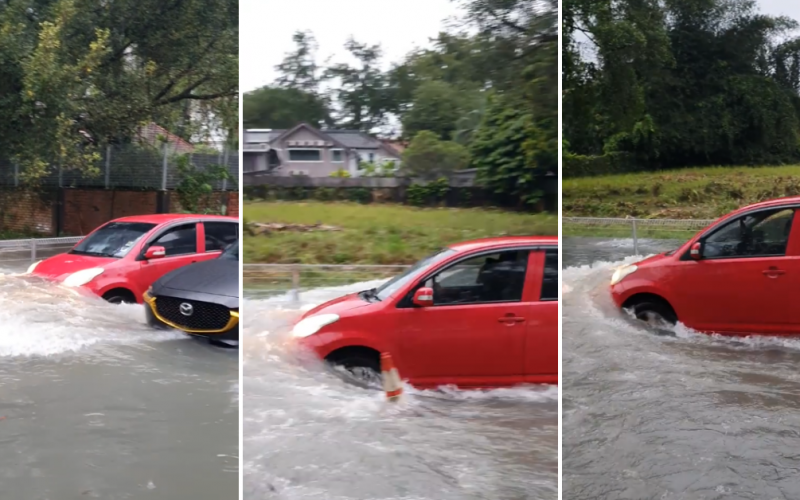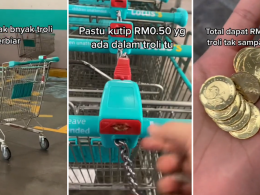Over the past couple of months, Malaysians across the country have found themselves hearing, reading, or worse still, experiencing flash flood incidents that have occurred as a result of increased rainfall. Inevitably, the occurrences have led to large amounts of property damage, especially by ways of vehicles that find themselves waterlogged on flooded roads and highways, vulnerable to the elements.
How do small Perodua cars navigate floodwaters so effortlessly?
And while many of us may think that big, burly pickup trucks or sports utility vehicles would be the obvious choice when it came to navigating waterlogged roads, another unlikely vehicle has emerged as an underdog flood champion: the trusty, humble Perodua Myvi. Despite being a small subcompact hatchback, the Myvi has been seen navigating floodwaters with impressive finesse and emerging from it relatively unscathed.
But how does it do it, you wonder? Well according to automotive enthusiast TikTok channel mg3hubyt, the Myvi’s aquatic capabilities are actually credited to the height of its engine’s air intake. As oxygen is required to help induce the combustion process in your car’s piston chamber to produce power, the air intake’s responsibility is to provide a passage for the oxygen into the engine for that to happen as explained by J.D. Power.
A high air intake helps reduce the likelihood of water entering the engine!
The height of a car’s air intake can vary, but in the case of Perodua models such as the Axia, they are located roughly about 2.5-feet from the ground, which means that it can comfortably ford through floodwaters under that mark. In other cars, the height of the air intake may be located lower in the engine bay, making them more susceptible to the reach of even lower floodwater levels.
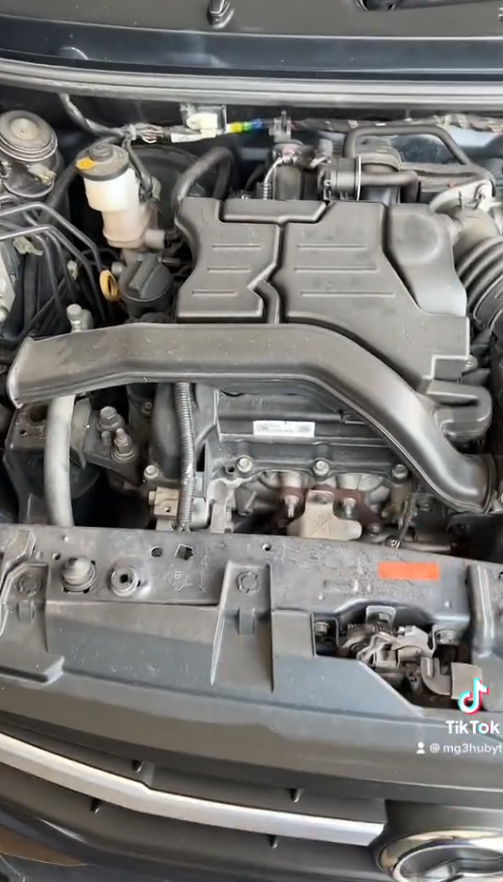
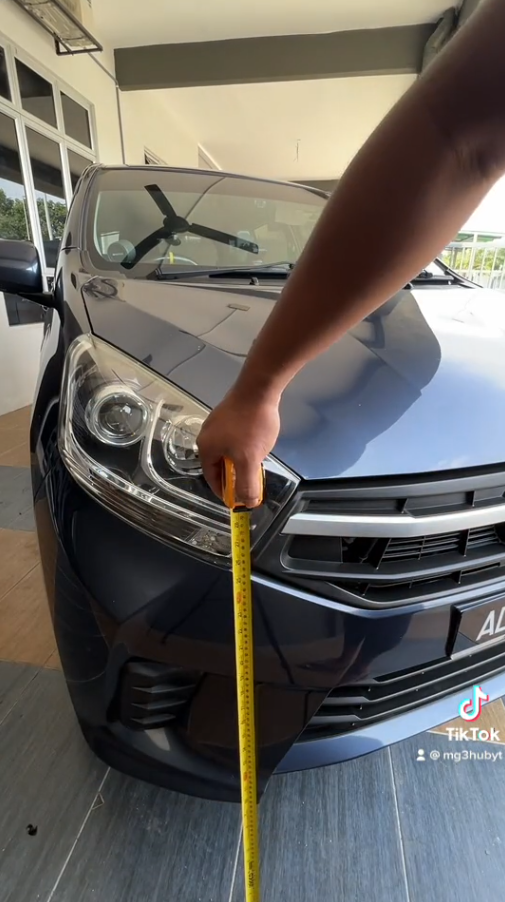
With all that being said however, it is probably not a good idea to attempt to drive through floodwaters, even if you are behind the wheel of a Myvi or an Axia, as it can both put you and your car at risk.
Despite that, there are situations where you may find yourself caught in a position where you have no choice but to conquer the floodwaters. In which case, keep these tips in mind:
- Look around you and estimate the water level based on other cars passing by. If even larger SUVs have trouble making it across, then it’s probably a safer bet to wait it out.
- Switch off the air-conditioning to minimise damage to your car’s fan.
- Never, ever apply the brakes, stop, or change gears when driving through floodwaters as this could result in water being sucked up through the exhaust and into your engine.
- For manual cars, keep your vehicle in 1st gear while those driving automatics should keep their vehicles in ‘D’. Maintain a speed of about 10km/h if possible.
- If your car stalls midway, do not try to start it again as this will prompt the engine to suck up more water, worsening the damage.
- Once you’ve managed to make it safely across, dry your brakes by gently tapping on them. Only continue your journey if you know that your brakes are working fine.
For more stories like this, follow us on Facebook by tapping here!



